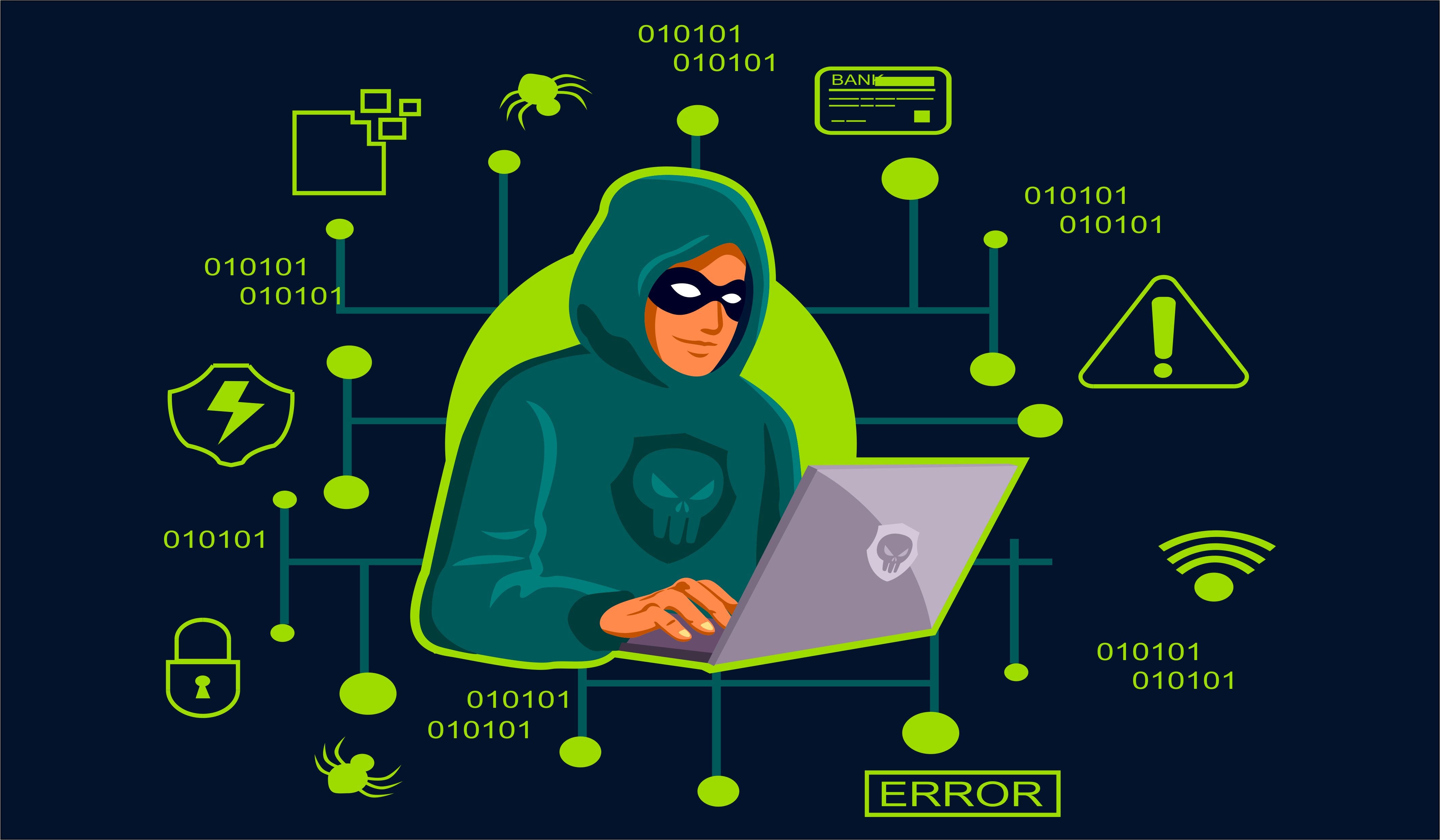
The Growing Threat: Recent Cyber Attacks and Their Impact on Global Security
1. Ransomware Rampage: The Colonial Pipeline Incident
One of the most alarming cyber attacks in recent memory targeted the Colonial Pipeline, a vital fuel supplier on the U.S. East Coast. In May 2021, a ransomware attack disrupted operations, leading to fuel shortages and significant economic ramifications. The attackers, reportedly associated with the DarkSide ransomware gang, exploited vulnerabilities in the pipeline's IT infrastructure, demanding a multimillion-dollar ransom. The incident not only highlighted vulnerabilities in critical infrastructure but also raised concerns about the potential for widespread disruption caused by cybercriminals targeting essential services.
2. SolarWinds Supply Chain Compromise
The SolarWinds cyber attack, discovered in December 2020, sent shockwaves through the cybersecurity community. Hackers compromised the software supply chain of SolarWinds, a prominent IT management company, inserting malicious code into software updates distributed to thousands of customers, including U.S. government agencies and major corporations. This sophisticated espionage operation, attributed to state-sponsored actors, underscored the vulnerability of software supply chains and the far-reaching implications of such breaches on national security and global trust in technology providers.
3. Healthcare Sector Under Siege: Accellion Data Breach
In early 2021, cybercriminals exploited vulnerabilities in the Accellion File Transfer Appliance (FTA), a software used for secure file transfers, to breach numerous organizations, including healthcare providers and universities. The breach exposed sensitive patient information and intellectual property, highlighting the heightened vulnerability of the healthcare sector to cyber attacks. Such incidents not only jeopardize patient confidentiality but also pose significant operational and reputational risks to healthcare organizations striving to protect sensitive data amid increasing digitalization.
4. Rise of Ransomware-as-a-Service (RaaS): The Kaseya VSA Incident
In July 2021, the Kaseya VSA supply chain attack demonstrated the evolution of ransomware tactics, where cybercriminals exploited a software vulnerability in Kaseya's IT management platform to deploy ransomware across hundreds of organizations globally. The attack, attributed to the REvil ransomware group, highlighted the growing prevalence of Ransomware-as-a-Service (RaaS) models, enabling even less technically skilled criminals to launch sophisticated cyber attacks for financial gain. This incident underscored the urgent need for comprehensive cybersecurity strategies to mitigate the risks posed by ransomware and similar threats.
5. Social Engineering Strikes: BEC Scams and Phishing Attacks
Beyond technical exploits, cybercriminals frequently employ social engineering tactics to exploit human vulnerabilities. Business Email Compromise (BEC) scams and phishing attacks remain prevalent, targeting organizations of all sizes. In these attacks, criminals impersonate trusted entities or employees to deceive victims into revealing sensitive information or transferring funds. The COVID-19 pandemic exacerbated these threats, with cybercriminals exploiting remote work vulnerabilities and heightened anxiety to launch targeted phishing campaigns. Educating employees and implementing robust email security protocols are crucial defenses against such socially engineered cyber threats.
As cyber attacks become more sophisticated and pervasive, the imperative for robust cybersecurity practices has never been greater. The incidents discussed in this blog underscore the diverse tactics employed by cybercriminals to exploit vulnerabilities in technology, infrastructure, and human behavior. Addressing these threats requires a multifaceted approach, encompassing technological innovation, regulatory frameworks, and heightened awareness among stakeholders. By learning from past incidents and implementing proactive measures, organizations and individuals can strengthen their resilience against cyber threats and safeguard global digital ecosystems.